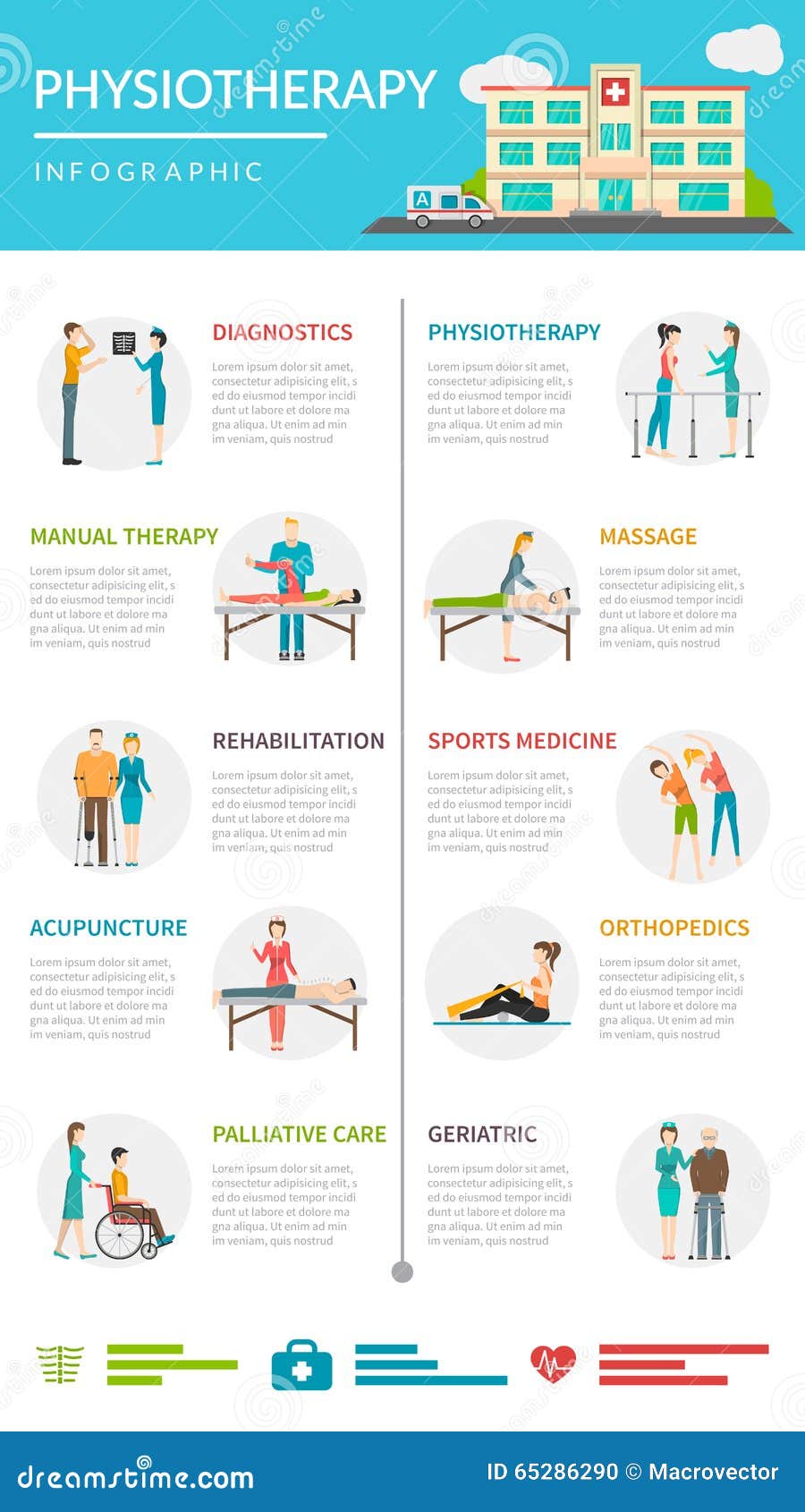The Influence Of Pose On Back Pain: Strategies For Maintaining Appropriate Placement Throughout Daily Activities
The Influence Of Pose On Back Pain: Strategies For Maintaining Appropriate Placement Throughout Daily Activities
Blog Article
Posted By-Conway Fraser
Keeping proper posture isn't practically staying up straight; it's about aligning your body in a manner that sustains your spine and decreases the risk of pain in the back. The way you sit, stand, and move throughout the day can considerably impact your back health and wellness. However how precisely can Read Home ensure excellent alignment constantly, also throughout active days loaded with different tasks? Let's delve deeper into the subtle yet impactful adjustments you can make to your daily routine to maintain your back happy and healthy and balanced.
Importance of Appropriate Pose
Appropriate stance is essential in preserving a healthy back and preventing discomfort. When you rest or stand with good stance, your back remains in positioning, decreasing pressure on your muscles, tendons, and joints. Keep Reading allows the body to disperse weight uniformly, stopping too much stress and anxiety on specific locations that can lead to pain and discomfort. By maintaining your back properly straightened, you can additionally improve your breathing and food digestion, as slouching can press organs and restrict their performance.
Additionally, maintaining excellent stance can boost your overall appearance and positive self-image. When you stand tall with your shoulders back and head held high, you exude confidence and show up more friendly. Great pose can additionally make you really feel much more stimulated and sharp, as it advertises correct blood circulation and permits your muscular tissues to work successfully.
Incorporating proper pose into your daily regimen, whether sitting at a desk, strolling, or working out, is important for stopping neck and back pain and promoting general well-being. Remember, a little modification in how you hold yourself can make a significant distinction in exactly how you feel and work throughout the day.
Common Postural Mistakes
When it involves keeping great stance, lots of people unknowingly make usual errors that can contribute to back pain and discomfort. One of one of the most widespread errors is slumping over or hunching over while resting or standing. This placement puts extreme stress on the spinal column and can result in muscular tissue discrepancies and pain in the future.
An additional common blunder is overarching the lower back, which can flatten the natural contour of the spine and cause pain. In addition, crossing legs while resting may feel comfortable, but it can create an imbalance in the hips and pelvis, causing postural problems.
Making use of a cushion that's too soft or as well solid while sleeping can likewise impact your positioning and contribute to back pain. Lastly, constantly craning your neck to consider screens or readjusting your position often can strain the neck and shoulders. Being mindful of these typical postural errors can aid you preserve much better alignment and reduce the danger of pain in the back.
Tips for Correcting Positioning
To improve your alignment and reduce back pain, it's vital to focus on making small adjustments throughout your daily routine. Start by being mindful of your pose. When resting, guarantee your feet are flat on the flooring, your back is straight, and your shoulders are relaxed. Prevent slouching or leaning to one side. Use ergonomic chairs or cushions to sustain your reduced back.
When standing, distribute your weight uniformly on both feet, maintain your knees slightly bent, and tuck in your pelvis. Engage your core muscles to sustain your spinal column. Take breaks to stretch and walk around if you have an inactive job. Include workouts that strengthen your core and back muscle mass, such as planks or bridges.
While sleeping, utilize a pillow that sustains the natural curve of your neck to maintain correct spine placement. Avoid sleeping on your belly, as it can stress your neck and back. By being mindful of these ideas and making small changes, you can progressively remedy your positioning and ease pain in the back.
Final thought
Bear in mind, keeping good position is key to stop back pain and promoting spine health. By bearing in mind your positioning, dispersing weight equally, and engaging your core muscular tissues, you can decrease strain on your back and lessen the threat of discomfort and injury. Incorporate ergonomic assistance, take normal breaks to stretch, and strengthen your core and back muscle mass to maintain proper alignment throughout the day. Your back will thank you for it!
